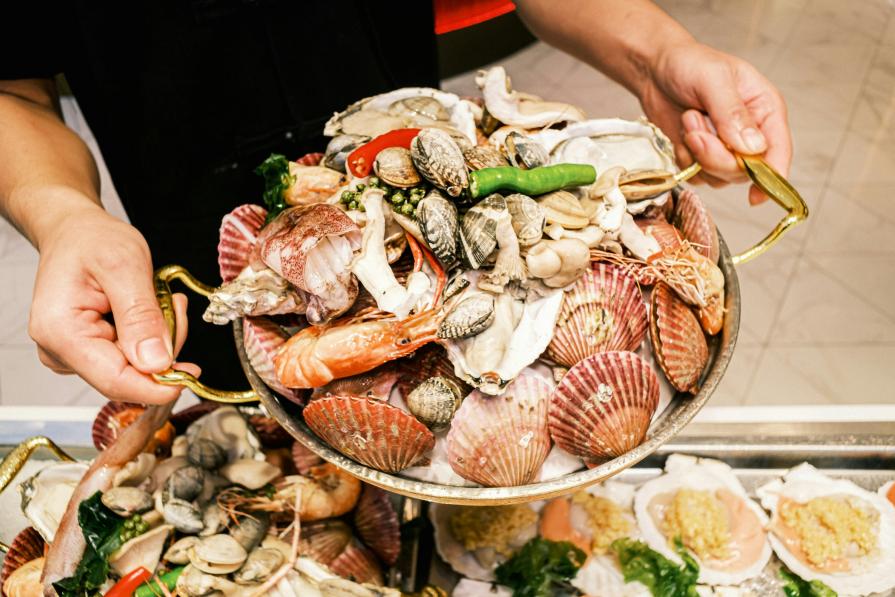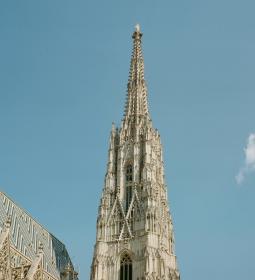In Norway, where myths about trolls coexist with mesmerizing fjords and auroras, there are people who are called the happiest in the world. Dreams of longevity, high incomes, and affordable social amenities, including free health care and education, are realized, and gender equality is flourishing, with men taking an active role in raising children and women in leadership positions.
However, despite these achievements, life in some parts of this country has its own peculiarities. For example, in the summer in the capital, the temperature rarely rises above 12 degrees, and the winds blowing from the fjords give the city a cold and harsh character. The architecture is perceived by many as unimpressive, and many social institutions, including restaurants, close quite early, leaving little time for an evening rest.
But all this pales in comparison to the specific cuisine...
The Hard Legacy of the Vikings
In ancient times, when the northern sea peoples (aka Vikings) settled their lives in the harsh Scandinavian climate, they faced many difficulties in obtaining food. We had to get out of the situation literally by pasture. From the limited range of crops available—oats, barley, and rye—they made plain bread. To obtain protein, they relied on a variety of sources: hunting wild animals from hares to elk, breeding pigs and poultry, and fishing.
Milk was used to make hard cheese with a characteristic smell, but it was well stored. As food was often in short supply, the Vikings mastered various methods of preserving and storing food. The women used all available meat processing techniques: smoking, drying, salting, pickling, and, in the northernmost areas, freezing, to provide families with food for a long period.
The Vikings' diet is also interesting, which was very different from modern practices. According to historical historians, they took their "afternoon meal" at about 8 a.m. and their "evening meal" around 8 p.m.
Delicacies for lovers
Scandinavian cuisine is known for its variety and includes a variety of dishes. Scandinavians especially respect fish, so seafood lovers will find a wide range of choices in this region, from various types of salmon, cod, perch, salmon and trout to herring, sardines, halibut and mackerel. For those who prefer meat dishes, Scandinavian cuisine also has a lot to offer, including traditional meatballs with mashed potatoes, smørrebrød (local sandwiches with a variety of fillings), potato and meat stew, elk and venison dishes. There are also many types of pastries in this culinary tradition.

However, along with these mouthwatering dishes, Scandinavian cuisine can also offer some exotic and sometimes quite controversial dishes. Some of these unique and unusual culinary traditions are so unusual that they even made it to the Museum of Disgusting Food in Malmö, Sweden!
This museum is a unique collection of dishes from around the world that can evoke different emotions in visitors, from surprise to disgust.
Rakfisk
Rakfisk is a traditional Scandinavian dish that is fermented trout. Preparation begins with a thorough gutting of the fish, after which the trout is salted and placed in a barrel or other suitable container, where it is left for two to three months, during which the fermentation process takes place. Salting plays a key role here: salt prevents the fish from rotting by allowing it to ferment.
This process gives the rakfisk its unique flavor and aroma, which can be quite intense. Despite the fact that rakfisk is considered a delicacy and its taste is appreciated by many gourmets, the pungent smell can cause unpleasant sensations up to nausea.
Lutefisk
Lutefisk is another unique and traditional dish of Scandinavian cuisine, whose recipe dates back to the Vikings. This dish is made from dried white fish, usually cod, which is soaked in an alkaline solution for a few days and then rinsed in clean water for a few days. This process brings the fish to a soft, almost jelly-like state.

There is a legend that lutefisk was invented by the Vikings, who found a way to eat fish left at the bottom of a burned ship.
However, consuming lutefisk comes with some risk, as the alkaline solution can be dangerous to health, particularly causing kidney problems.
Smalakhové
Smalakhové is another example of extreme Scandinavian cuisine. This dish is a lamb's head that is first roasted to remove the hair, then salted, smoked, and dried. The appearance of smalakhove may seem quite shocking, many find it repulsive, however, this dish is traditional for some regions of Norway and is appreciated for its unique taste and flair of ancient traditions.
Brunost
Brunost, or brown cheese, is a unique staple of Norwegian cuisine. This cheese differs from traditional cheeses by its special taste characteristics. Brunost is made by slowly heating a mixture of cream, milk, and whey until the milk sugars caramelize, giving the cheese its characteristic brown color and sweet taste.
The aroma of brunost is reminiscent of melted milk, and the taste is sweet and a little caramel. Despite its popularity in Norway, where it is often served for breakfast with bread, lefse (traditional Norwegian flat bread), brunost can seem unusual and even unusual to people unfamiliar with the Norwegian culinary tradition.












